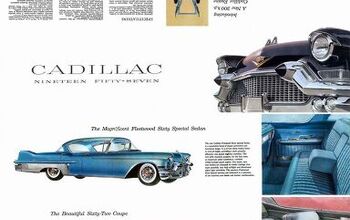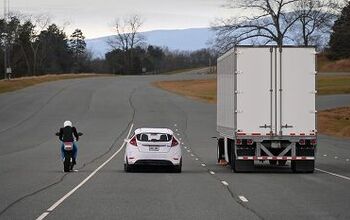Where Do You Think Does Hyundai Sell Most?

Korea? Bzzzzt.
The U.S.A.? Bzzzzt. Not yet and not quite.
It’s China.
“China surpassed the United States as the world’s biggest auto market last year, and China will become Hyundai’s biggest market for the first time this year,” said a Hyundai spokesman to Korea’s JoongAn Daily.
Hyundai sold more cars in China than in Korea for the second consecutive month in April. April sales were 57,014 vehicles in China compared to 55,339 in Korea. This has been going on for a while.
In January, March and April, Hyundai’s China sales exceeded sales back home. February was an exception because their Beijing plant received a routine upgrade during the Chinese New Year holidays.
In China, Hyundai has a joint venture with BAIC. It China has an annual production of 600,000 cars. Capacity might get tight. In the first four months, Hyundai already sold 218,603 units in China. If you get out of Beijing’s airport and look at the waiting taxi fleet, which now nearly exclusively consists of Hyundais, you first impression is that all of China is driving Hyundais. As usual, looks can be deceiving.
While we are at it: Hyundai is not alone. Where do you think will will be GM’s largest market in 2010? Dingong! Congratulations, you are right. It’s China.

Bertel Schmitt comes back to journalism after taking a 35 year break in advertising and marketing. He ran and owned advertising agencies in Duesseldorf, Germany, and New York City. Volkswagen A.G. was Bertel's most important corporate account. Schmitt's advertising and marketing career touched many corners of the industry with a special focus on automotive products and services. Since 2004, he lives in Japan and China with his wife <a href="http://www.tomokoandbertel.com"> Tomoko </a>. Bertel Schmitt is a founding board member of the <a href="http://www.offshoresuperseries.com"> Offshore Super Series </a>, an American offshore powerboat racing organization. He is co-owner of the racing team Typhoon.
More by Bertel Schmitt


































Comments
Join the conversation
Not really, when you arrive in Shanghai, they 100% used VW Santana cabs.
Government owned car and taxi company, is no surprise that each city has in its fleet the model produced by the local venture. People tend to move away from the models used as taxi or they buy them for "civilian" duty also? I guess the popular cars used for taxi have a high theft rate.
That's great. They can have them. The Buicks too. It stands to reason that an industrialized nation with a population in the billions would begin to consume high volumes of...everything.
If China took over North Korea, they could just load up the auto carriers right at the factory! (while slowly re-integrating North Korea back into the world via aid and managed economic growth)